Embark on a journey through 15 of the world’s oldest countries and discover the fascinating cultural heritage that has shaped human civilization for centuries. From the breathtaking pyramids of Egypt to the majestic Great Wall of China, discover the wonders of these ancient civilizations and their contributions to the world. Explore this adventure and immerse yourself in the rich history and captivating beauty of these extraordinary nations.
1. Egypt (3150 BCE)
Egypt, officially known as the Arab Republic of Egypt, is a transcontinental country spanning the northeast corner of Africa and the southwest corner of Asia by a land bridge formed by the Sinai Peninsula. Egypt, as a unified civilization, began around 3150 BCE when King Menes united Upper and Lower Egypt. This event marked the start of Egypt as a country. However, people had been living in the region for thousands of years before that. Egypt has one of the longest histories of any country, tracing its heritage back to the 6th–4th millennia BCE. It has been continuously inhabited, making it one of the oldest civilizations in the world. Ancient Egypt was a powerful empire known for its monumental architecture, such as the pyramids of Giza and the Sphinx.

It was later conquered by various powers, including the Persians, Greeks, Romans, Byzantines, Arabs, Ottomans, and finally, the British Empire. Egypt has a population of over 100 million people, making it one of the most populous countries in Africa and the Arab world. Arabic is the official language of Egypt. English and French are also widely spoken, especially in urban areas and among the educated population. Egyptian culture is rich and diverse, influenced by its ancient history, Islamic heritage, and Mediterranean location. It is famous for its ancient monuments, such as the Great Pyramids and the Sphinx, as well as its vibrant music, cuisine, and traditional festivals. Islam is the predominant religion in Egypt, with the majority of the population adhering to Sunni Islam. There are also significant Christian communities, primarily Coptic Orthodox Christians. Egypt is also a popular tourist destination, attracting millions of visitors each year to explore its ancient ruins, vibrant cities, and beautiful beaches along the Red Sea and Mediterranean coastlines.
2. China (2070 BCE)
China, also known as the People’s Republic of China, is a country located in East Asia. It is considered one of the oldest countries in the world, with a history that spans over 5,000 years. Its ancient civilization has had a significant impact on the world, influencing various aspects of culture, technology, and philosophy. China’s history can be traced back to the Neolithic Age, with evidence of human habitation in the region dating back to around 10,000 BC. The earliest known dynasties in China were the Xia, Shang, and Zhou dynasties, which ruled from around 2100 BC to 256 BC. These dynasties laid the foundation for Chinese culture and society, establishing systems of governance, agriculture, and writing. China’s ancient civilization also witnessed the rise and fall of numerous dynasties, each leaving its mark on the country’s history.
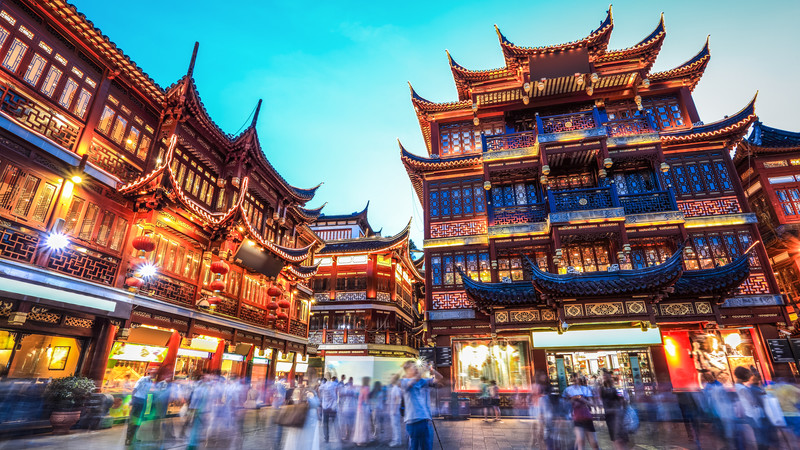
Some of the most notable dynasties include the Qin Dynasty, which unified China under the rule of Emperor Qin Shi Huang and built the Great Wall; the Han Dynasty, known for its economic prosperity and cultural achievements; and the Tang Dynasty, considered a golden age of Chinese civilization. Throughout its history, China has experienced periods of political stability, as well as periods of division and conflict. Foreign invasions, such as those by the Mongols and the Manchus, have also shaped the country’s history. Despite these challenges, Chinese culture and civilization have continued to evolve and thrive. Today, China is a modern nation with a population of over 1.4 billion people. It is the world’s most populous country and the second-largest economy. China’s rich history and cultural heritage continue to be celebrated and preserved, attracting millions of visitors from around the world to explore its ancient landmarks, museums, and traditions.
3. Iran (3200 BCE)
Iran, historically known as Persia, is one of the oldest countries in the world with a rich and diverse history. Iran is one of the world’s oldest continuous civilizations, dating back to at least 4000 BCE. It has been inhabited since ancient times by various peoples and cultures, including the Elamites, Medes, and Persians. One of the most significant periods in Iran’s history was the rise of the Persian Empire, also known as the Achaemenid Empire, which emerged in the 6th century BCE under Cyrus the Great. At its peak, the Persian Empire was one of the largest the world had ever seen, stretching from the Balkans to the Indus Valley. In the 7th century CE, Iran was conquered by the Arab Muslims, leading to the spread of Islam in the region. Despite this, Persian culture continued to thrive and exerted a profound influence on Islamic civilization, particularly in fields such as art, philosophy, and science.
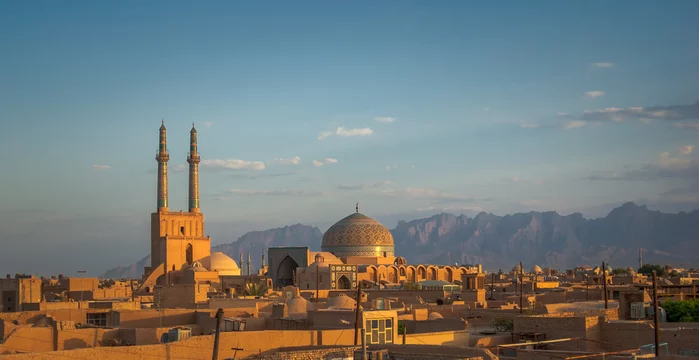
The Persian language, also known as Farsi, has a long and storied history and is spoken by the majority of Iranians. It is an important component of Iran’s cultural identity and has influenced other languages in the region. Iran has made significant contributions to human civilization in areas such as art, architecture, literature, and science. Persian culture flourished during the Achaemenid, Parthian, and Sassanian periods, leaving behind a rich legacy of literature, poetry (notably the works of poets like Rumi and Hafez), and architectural wonders such as Persepolis. Iran underwent various periods of conquest and rule by different empires, including the Seljuks, Mongols, and Safavids, before becoming an independent nation-state in the early 20th century. Today, Iran is known for its rich cultural heritage, including its cuisine, music, and vibrant traditions.
4. Japan (660 BCE)
Japan, officially known as the Land of the Rising Sun, is an island nation located in East Asia. It is considered one of the oldest countries in the world, with a history that dates back thousands of years. The recorded history of Japan begins around the 5th century AD, with the establishment of the Yamato dynasty. However, archaeological evidence suggests that human habitation in Japan dates back to the Paleolithic era, making it one of the earliest inhabited areas in the world. One of the defining features of Japan’s ancient history is its unique culture and traditions. Japanese society was heavily influenced by Confucianism, Buddhism, and Shintoism, all of which shaped the country’s values, beliefs, and social structure. The classical period of Japanese history, known as the Heian period (794-1185), saw the flourishing of arts, literature, and courtly culture. It was during this time that the famous work “The Tale of Genji” by Murasaki Shikibu was written, marking the beginning of Japanese literature.
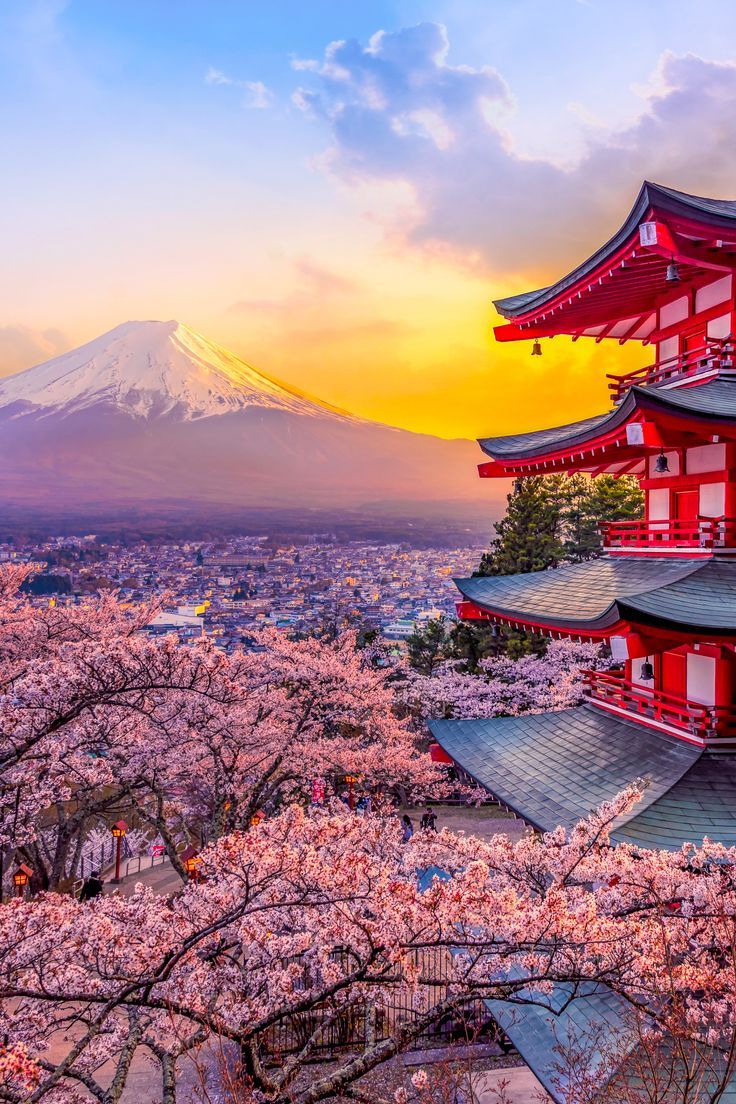
The construction of Kyoto as the imperial capital and the development of traditional Japanese arts such as tea ceremony, flower arranging, and Noh theater also took place during this period. In the early modern period, Japan underwent a process of isolation known as sakoku, during which the country closed its borders to foreign influences. This period of isolation lasted for over two centuries until the arrival of Commodore Matthew Perry and the opening of Japan to Western trade in the mid-19th century. Today, Japan is a modern nation known for its technological innovations, rich cultural heritage, and unique blend of tradition and modernity. Its ancient temples, shrines, and gardens stand in contrast to its bustling cities and cutting-edge technology, creating a dynamic and vibrant society that continues to captivate people around the world.
5. India (2000 BCE)
India is a country located in South Asia. It is considered one of the oldest countries in the world, with a history that spans thousands of years. The history of India can be traced back to the Indus Valley Civilization, one of the world’s oldest urban civilizations, which existed from around 2500 BCE to 1900 BCE. The Indus Valley Civilization is known for its well-planned cities, advanced drainage systems, and a script that is yet to be fully deciphered. One of the most influential empires in ancient India was the Maurya Empire, which was founded in the 4th century BCE by Emperor Chandragupta Maurya and reached its peak under Emperor Ashoka. The Maurya Empire was known for its centralized administration, extensive road networks, and promotion of Buddhism. Ashoka’s conversion to Buddhism and his efforts to spread the religion across the empire had a profound impact on the spread of Buddhism in Asia.
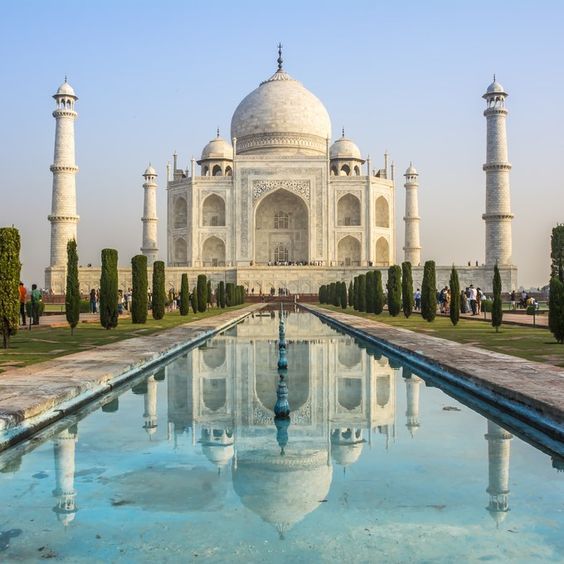
The Mughal Empire, which ruled from the 16th to the 18th century, left an indelible mark on India’s history and architecture. Mughal emperors such as Akbar, Jahangir, and Shah Jahan built magnificent palaces, forts, and mosques, including the iconic Taj Mahal, which stands as a testament to the empire’s grandeur. In the 20th century, India played a significant role in the struggle for independence from British colonial rule. Led by figures such as Mahatma Gandhi and Jawaharlal Nehru, India gained independence in 1947 and became a sovereign republic in 1950. Today, India is a diverse and vibrant nation with a population of over 1.3 billion people. It is known for its rich cultural heritage, diverse languages, religions, and traditions. Indian cuisine, music, dance, and cinema have gained international recognition and have become an integral part of global popular culture.
6. Armenia (2492 BCE)
Armenia is a country located in the South Caucasus region of Eurasia. It is one of the oldest countries in the world with a rich history and cultural heritage that dates back thousands of years. Armenia is known for its ancient civilization and the kingdom of Urartu, which existed in the region around the 9th century BC. The Kingdom of Urartu was a powerful state that left behind impressive fortresses, temples, and inscriptions, showcasing advanced engineering and architectural skills. One of the most significant events in Armenian history is the conversion to Christianity in the early 4th century AD. Armenia became the first nation to adopt Christianity as its state religion, a decision attributed to Saint Gregory the Illuminator. This early adoption of Christianity has had a profound impact on Armenian culture, art, and identity.
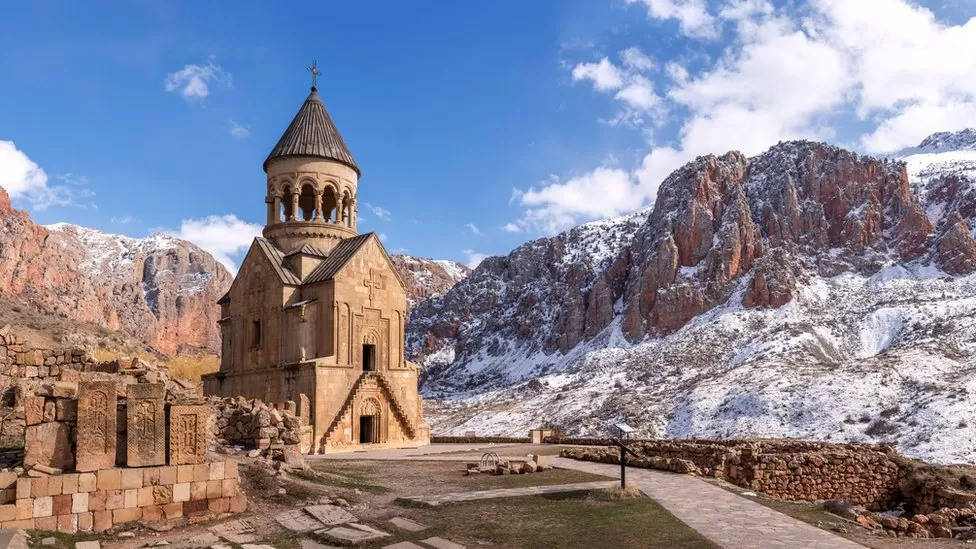
The Armenian Genocide, which took place during World War I under the Ottoman Empire, marked a tragic chapter in Armenian history. It resulted in the deaths of an estimated 1.5 million Armenians and led to the dispersion of Armenian communities around the world. The Armenian Genocide is a significant part of Armenian identity and is commemorated annually on April 24th. In the modern era, Armenia gained independence from the Soviet Union in 1991 and established itself as a sovereign republic. The country has faced challenges in its transition to a democratic society and a market economy but has made significant strides in areas such as education, technology, and culture. Today, Armenia continues to preserve its cultural heritage while embracing modernity and innovation. The capital city, Yerevan, is a vibrant hub of arts, culture, and technology. Armenia’s natural beauty, including the stunning landscapes of Lake Sevan and the mountains of the Caucasus, attracts visitors from around the world.
7. Greece (8th century BCE)
Greece, officially known as the Hellenic Republic, is a country located in southeastern Europe. It is widely regarded as one of the cradles of Western civilization and is known for its profound influence on art, philosophy, politics, and literature. Ancient Greece, particularly during the Classical period, is considered one of the most significant eras in human history. It was during this time that Greek city-states, such as Athens and Sparta, flourished and made enduring contributions to various fields. In the realm of philosophy, ancient Greece was home to renowned thinkers like Socrates, Plato, and Aristotle, whose ideas continue to shape intellectual discourse to this day. Their contributions to ethics, metaphysics, and political theory have had a lasting impact on Western philosophy. The concept of democratic governance, as practiced in ancient Athens, has served as a model for numerous societies throughout history. Greece’s historical legacy extends beyond the ancient period.
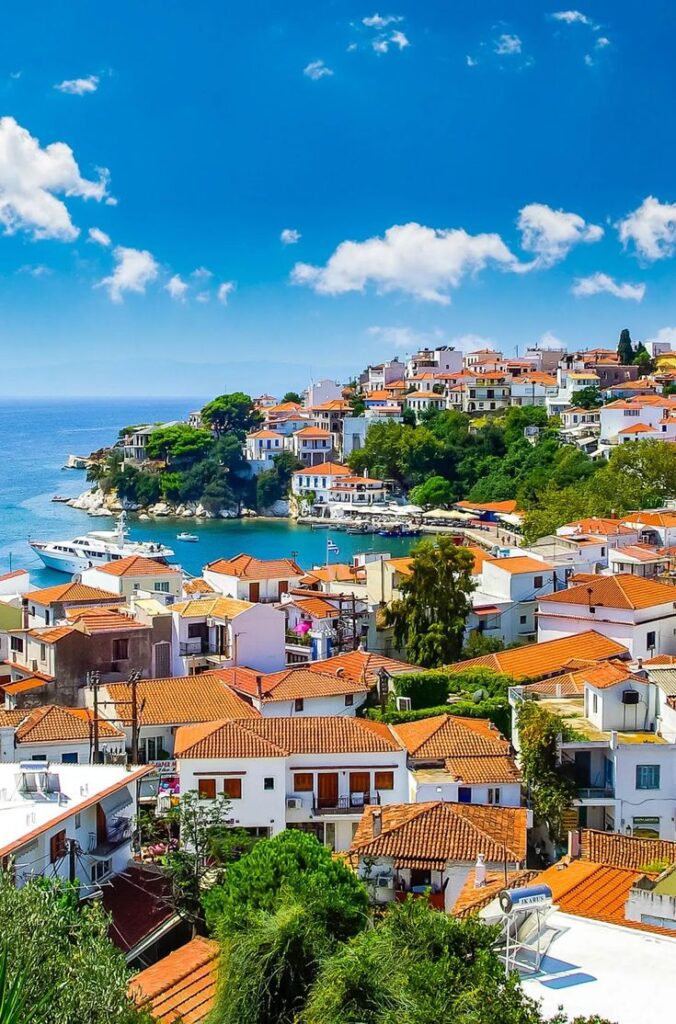
The Byzantine Empire, which emerged after the fall of the Western Roman Empire, made significant contributions to art, theology, and law. The Byzantine capital of Constantinople, modern-day Istanbul, became a center of learning and artistic expression. In the modern era, Greece has faced challenges such as foreign occupation, civil unrest, and economic instability. The Greek War of Independence in the 19th century led to the establishment of the modern Greek state and the revival of Greek national identity. Today, Greece is a member of the European Union and is known for its rich cultural heritage, stunning landscapes, and contributions to gastronomy, including the Mediterranean diet. The country’s ancient ruins, such as the Acropolis and Delphi, attract millions of visitors each year, while its islands, including Crete, Santorini, and Mykonos, offer breathtaking natural beauty and a vibrant tourism industry.
8. Ethiopia (10th century BCE)
Ethiopia, officially known as the Federal Democratic Republic of Ethiopia, is a landlocked country located in the Horn of Africa. It is one of the oldest countries in the world with a recorded history that dates back over 3,000 years. Ethiopia is unique among African countries for maintaining its independence throughout the colonial era, with the brief exception of an Italian occupation from 1936 to 1941. Ethiopia’s historical roots can be traced back to the ancient Kingdom of Aksum, which emerged in the first century CE. Aksum was a major trading empire that controlled key trade routes between Africa and Asia. The kingdom was also one of the early adopters of Christianity, which became the state religion. The ruins of Aksum, including giant obelisks (stelae), royal tombs, and ancient churches, are a testament to the civilization’s grandeur and are recognized as a UNESCO World Heritage Site.
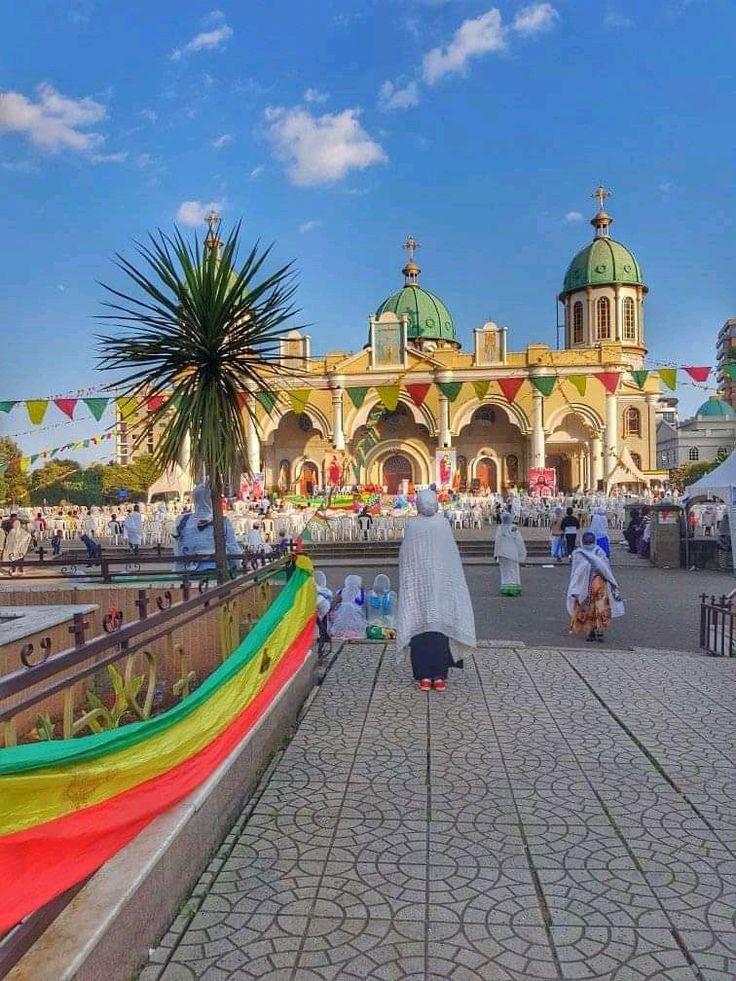
The Zagwe dynasty later came to power and continued the Christian legacy by constructing the famous rock-hewn churches of Lalibela in the 12th and 13th centuries. These remarkable structures were carved directly out of solid rock and are considered one of the wonders of the world. Ethiopia is also known for its rich cultural heritage, which includes a diverse array of ethnic groups, languages, and traditions. The country’s Oromo, Amhara, Tigray, and Somali populations contribute to a tapestry of cultural practices that include unique music, dance, and cuisine. The country has its own unique script, known as Ge’ez, and a calendar that differs from the Gregorian system used by much of the world. With its diverse cultural landscapes, ancient historical sites, and natural beauty, including the Simien Mountains and the Danakil Depression, Ethiopia remains a country of great historical significance and a place of immense interest to travelers and scholars alike.
9. Georgia (1300 BCE)
Georgia is a country located at the crossroads of Europe and Asia, in the Caucasus region. Georgia’s ancient history is characterized by the Colchian and Iberian civilizations, which existed in the region from the 6th century BC to the 4th century AD. The region later came under the rule of the Persian Empire and then the Roman Empire. It is one of the oldest countries in the world, with a history that spans thousands of years. In the medieval era, Georgia was known for its powerful kingdoms, including the Kingdom of Georgia and the Kingdom of Imereti. The Georgian kingdoms were characterized by their military strength, sophisticated architecture, and contributions to the arts and sciences. was introduced to Georgia in the 4th century AD and became the state religion in the 5th century AD.

Georgian Christianity, with its unique liturgy, chants, and iconography, has had a profound impact on Georgian culture and identity. One of the most significant figures in Georgian history is King David IV, also known as David the Builder. He reigned from 1089 to 1125 and is credited with unifying Georgia into a powerful state and leading it through a period of cultural and economic growth. Georgia later came under the rule of various empires, including the Ottoman Empire and the Russian Empire. The country briefly gained independence in 1918 before being absorbed into the Soviet Union in 1921. Georgia regained its independence in 1991 following the collapse of the Soviet Union.
10. Vietnam (2879 BCE)
Vietnam is a country located in Southeast Asia, bordered by China to the north, Laos to the northwest, and Cambodia to the southwest. Its history can be traced back over 4,000 years, with a rich cultural heritage and a legacy of resistance against foreign domination. Vietnam is known for its ancient civilization, which existed in the Red River Delta in the north of the country. This civilization, known as the Dông Son culture, was known for its bronze drum-making and agricultural practices. The country’s history is characterized by its resistance against foreign invaders. China ruled over Vietnam for over a thousand years, but the Vietnamese people managed to retain their identity and culture. The French colonized Vietnam in the 19th century, but the Vietnamese people fought for and won their independence in 1954 following the First Indochina War.
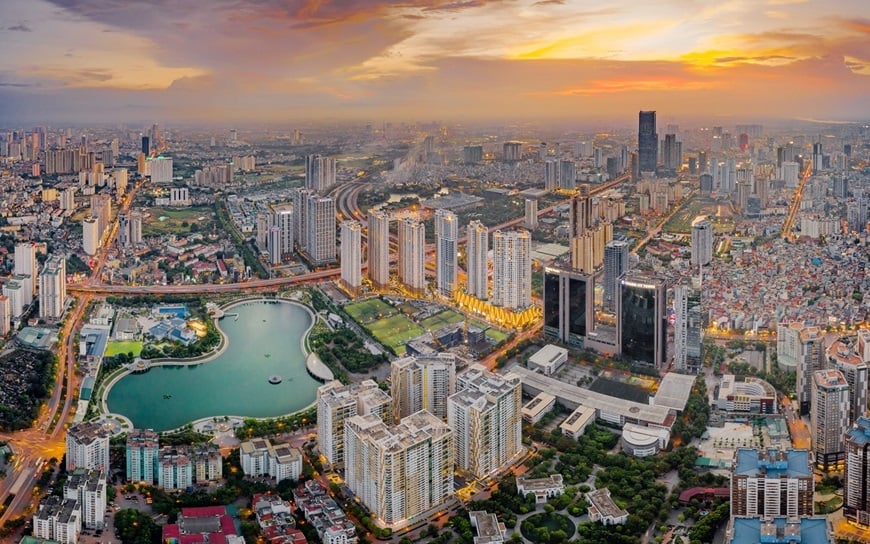
The Vietnam War, also known as the Second Indochina War, was a significant conflict that lasted from 1955 to 1975 and involved North Vietnam, South Vietnam, and the United States. It resulted in the reunification of the country under communist rule. Vietnam is also known for its religious diversity, with the majority of the population practicing Buddhism, Confucianism, and Taoism. Other religions, such as Christianity, Islam, and Caodaism, are also practiced in the country. In recent years, Vietnam has made significant strides in economic development and political stability. The country has become an attractive destination for foreign investors and tourists alike, with its natural beauty, including Ha Long Bay and the Mekong Delta, and vibrant cities, such as Ho Chi Minh City and Hanoi.
11. Korea (2333 BCE)
Korea is a region in East Asia that is divided into two separate sovereign states: North Korea, officially known as the Democratic People’s Republic of Korea, and South Korea, officially known as the Republic of Korea. The Korean Peninsula has a long and complex history that dates back thousands of years. The region was home to several ancient kingdoms, including Goguryeo, Baekje, and Silla, which eventually unified to form the Goryeo Dynasty. This period gave Korea its name and laid the foundation for its cultural and historical identity. Korea’s history includes periods of both independence and foreign rule. In the late 19th and early 20th centuries, Korea was annexed by Japan, leading to a tumultuous period of colonial rule until the end of World War II. Following the war, Korea was divided along the 38th parallel into two separate zones of occupation, with the Soviet Union controlling the north and the United States controlling the south.
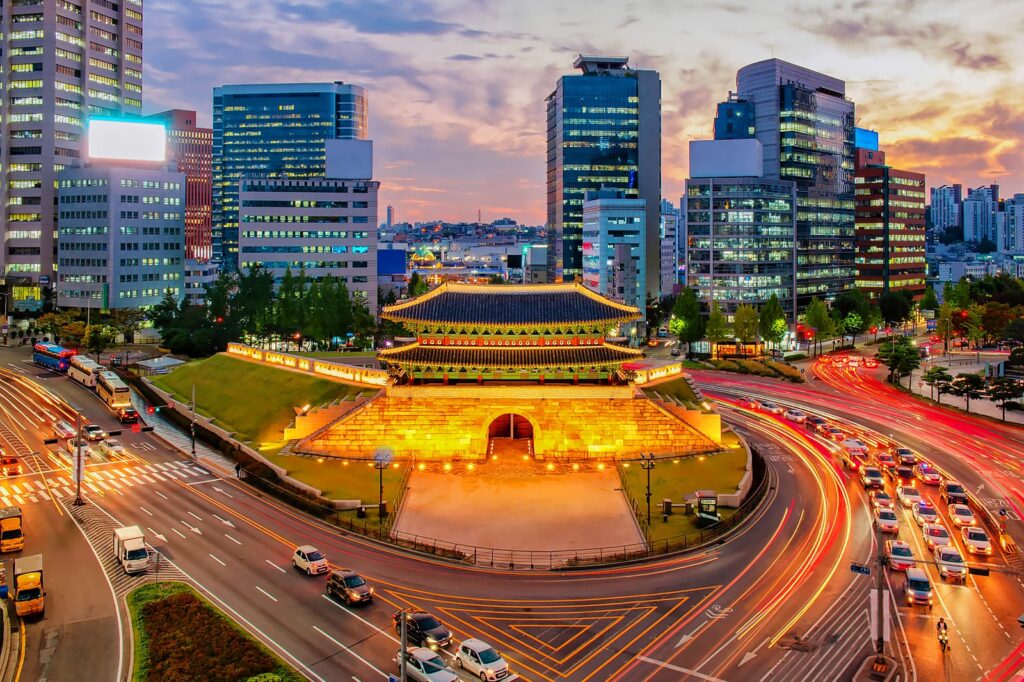
The Korean War, which lasted from 1950 to 1953, resulted in a temporary ceasefire and the creation of the Korean Demilitarized Zone (DMZ) that separates North and South Korea. North Korea is known for its tightly controlled political system, state ideology of Juche, and nuclear ambitions, which have led to international tensions and sanctions. The country’s leadership, including the Kim dynasty, has maintained a policy of self-reliance and isolation from much of the international community. South Korea, on the other hand, has experienced rapid economic growth and democratization since the end of the Korean War. The country has become a global leader in technology, innovation, and popular culture, with its entertainment industry, including K-pop and Korean dramas, gaining international acclaim. The Korean language, Hangeul, is known for its scientific and logical design, and it is considered an integral part of Korean cultural identity.
12. San Marino (301 AD)
San Marino is a small, landlocked country located within the Italian Peninsula in Southern Europe. It is one of the world’s oldest republics, with a history that can be traced back to the early 4th century AD. San Marino is known for its rich historical heritage, including its founding legend associated with Saint Marinus, a Christian stonemason who established a small community on Mount Titano. This community eventually evolved into the independent and sovereign state of San Marino. The country’s governance is based on a unique system of a parliamentary republic, with the captain Regent serving as head of state. San Marino’s political structure and traditions have endured for centuries, making it a testament to the resilience of small, independent states. Despite its small size, San Marino has preserved its autonomy and identity throughout various historical periods, including the Napoleonic Wars and the unification of Italy. The country’s commitment to maintaining its independence has been a defining aspect of its national character.
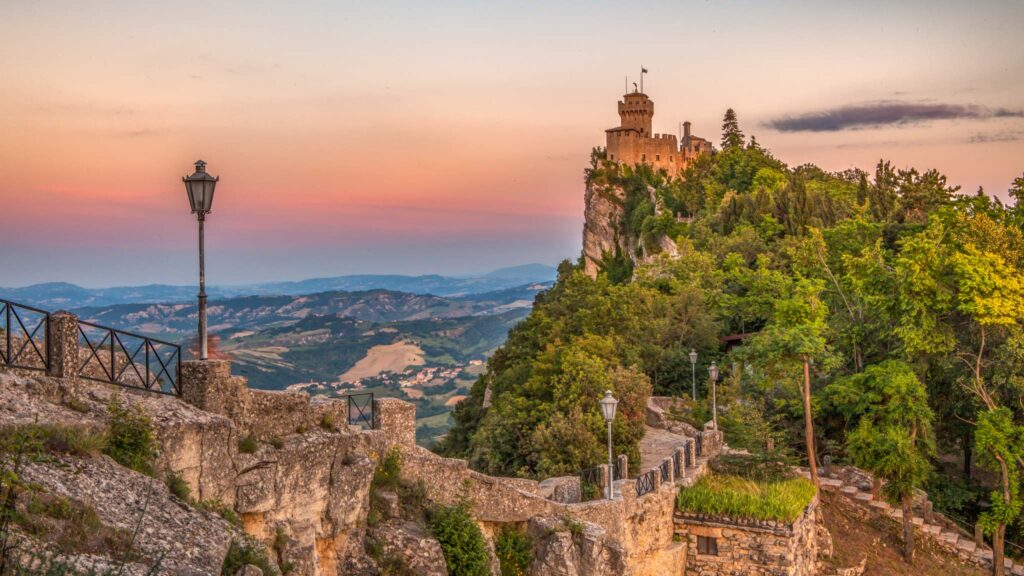
San Marino is celebrated for its picturesque landscapes, including the rugged Apennine Mountains and the medieval architecture that adorns its capital, the City of San Marino. The historic centers of San Marino and Mount Titano are recognized as UNESCO World Heritage Sites, showcasing the country’s cultural and architectural significance. The economy of San Marino is characterized by its focus on tourism, crafts, and banking services. The country’s postage stamps and coins are renowned for their collectible value and are a source of national pride. Overall, San Marino’s historical legacy, commitment to independence, and cultural treasures make it a unique and cherished entity within Europe. Its enduring traditions, stunning landscapes, and distinctive governance reflect a spirit of resilience and pride that continues to captivate visitors and admirers from around the world.
13. France (600 BCE)
France is a country located in Western Europe. France shares borders with Belgium, Luxembourg, Germany, Switzerland, Italy, Spain, Andorra, and Monaco. It has coastlines along the Atlantic Ocean, the English Channel, and the Mediterranean Sea. France has a rich and complex history, dating back to ancient times. It was inhabited by Celtic tribes before being conquered by the Romans. Over the centuries, France emerged as a powerful feudal kingdom and played a central role in European politics, culture, and warfare. The country features diverse landscapes, including the rugged Alps and Pyrenees mountains, rolling countryside, and picturesque coastal regions. Paris is the capital and largest city of France, renowned for its iconic landmarks such as the Eiffel Tower, Notre-Dame Cathedral, and the Louvre Museum. Other major cities include Marseille, Lyon, Toulouse, Nice, and Bordeaux.
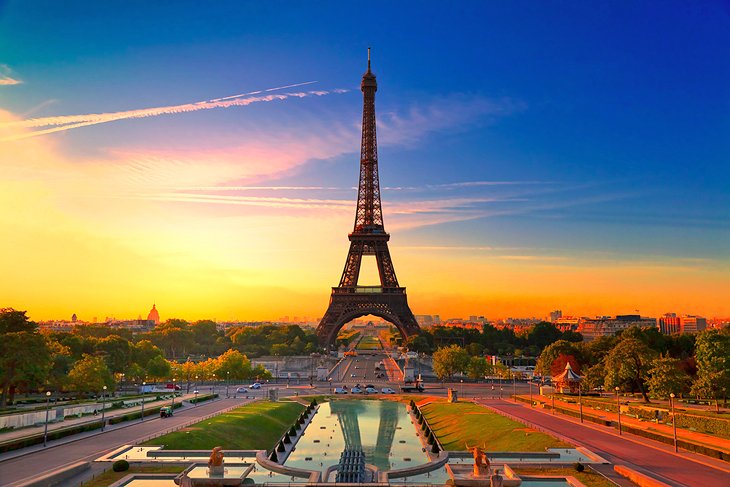
France is the most populous country in the European Union, with a population of over 67 million people. It is known for its cultural diversity, with significant immigrant communities from former French colonies and other countries around the world. French is the official language of France and is widely spoken throughout the country. France is also known for its influence on global culture through its language, cuisine, and arts. Napoleon Bonaparte, a military general, seized power during the French Revolution and later declared himself Emperor of the French. His conquests reshaped the map of Europe and spread revolutionary ideas across the continent. Despite his eventual defeat, Napoleon’s legacy continues to influence French politics and society. In the 19th and 20th centuries, France experienced periods of political instability, industrialization, and colonial expansion. It played a significant role in both World Wars and emerged as a founding member of the European Union in the aftermath of World War II.
14. Afghanistan (678 BCE)
Afghanistan, officially known as the Islamic Republic of Afghanistan, is a landlocked country located in South Asia and Central Asia. It is known for its diverse cultural heritage, turbulent history, and strategic geopolitical position. Afghanistan’s history is marked by its location along the ancient Silk Road trade route, which connected the East and West. The region has been inhabited for thousands of years and has been influenced by various civilizations, including the Persian Empire, Alexander the Great’s Macedonian Empire, and the Maurya Empire. In the modern era, Afghanistan became a focal point of geopolitical competition during the 19th and 20th centuries, particularly between the British and Russian empires. The country’s strategic location between Central Asia, South Asia, and the Middle East has made it a crossroads of cultures and interests. The 1990s brought further instability to Afghanistan, with the rise of the Taliban, an Islamist group that eventually took control of the country and imposed strict interpretations of Islamic law.

The Taliban’s rule was marked by human rights abuses and international isolation. The 21st century has seen continued challenges in Afghanistan, including the U.S.-led invasion in response to the September 11, 2001, attacks and the subsequent establishment of a new government. Despite efforts to stabilize the country and promote democracy, Afghanistan continues to face security threats from insurgent groups and ongoing political tensions. The country is known for its traditional arts and crafts, including intricate carpets, pottery, and calligraphy. Afghan music, poetry, and storytelling are also integral parts of the country’s cultural identity. In conclusion, Afghanistan’s complex history, diverse culture, and ongoing challenges make it a country of great significance and resilience. Despite its tumultuous past and present, Afghanistan’s people continue to preserve their cultural heritage and strive for peace and stability in the region.
15. Portugal (1139 AD)
Portugal is a country located in Southern Europe on the Iberian Peninsula. It is known for its rich history, maritime exploration, and vibrant cultural heritage. Portugal has a long and storied history that dates back to ancient times. The region was inhabited by various Celtic and Lusitanian tribes before becoming part of the Roman Empire. The Moorish invasions in the 8th century left a lasting impact on the culture and architecture of the region. The Kingdom of Portugal was established in the 12th century, and it quickly grew in power and influence during the Age of Discovery. Portuguese explorers, such as Vasco da Gama and Ferdinand Magellan, played a crucial role in the exploration and colonization of Africa, Asia, and the Americas, establishing a global maritime empire. The Treaty of Tordesillas in 1494 divided the newly discovered territories between Portugal and Spain, leading to the establishment of Portuguese colonies in Brazil, Africa, India, and Southeast Asia.
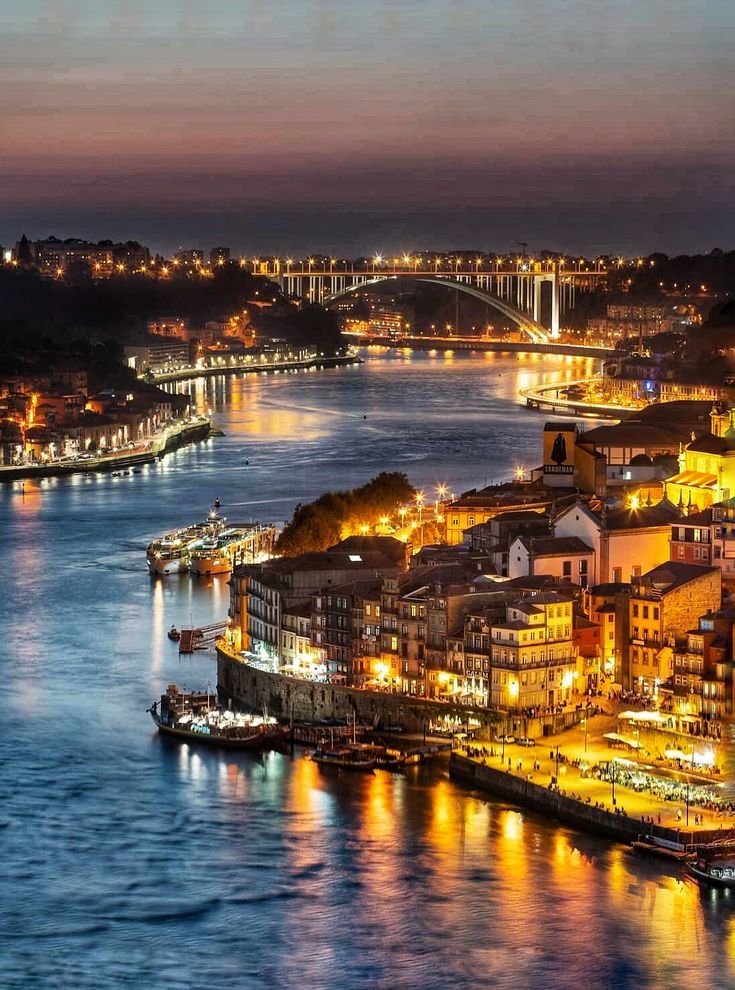
Portugal’s history also includes periods of political turmoil, such as the establishment of the First Portuguese Republic in 1910 and the authoritarian Estado Novo regime under António de Oliveira Salazar. The Carnation Revolution in 1974 brought an end to the dictatorship and paved the way for the establishment of a democratic government. Portugal’s architectural heritage is exemplified by structures such as the Belém Tower, the Jerónimos Monastery, and the Pena Palace, which showcase a blend of Gothic, Manueline, and Baroque styles. In conclusion, Portugal’s legacy of maritime exploration, cultural diversity, and historical resilience has shaped its identity as a nation of great significance and influence. From the Age of Discovery to the present day, Portugal’s cultural contributions and spirit of exploration continue to inspire admiration and appreciation around the world.

 on
on 



